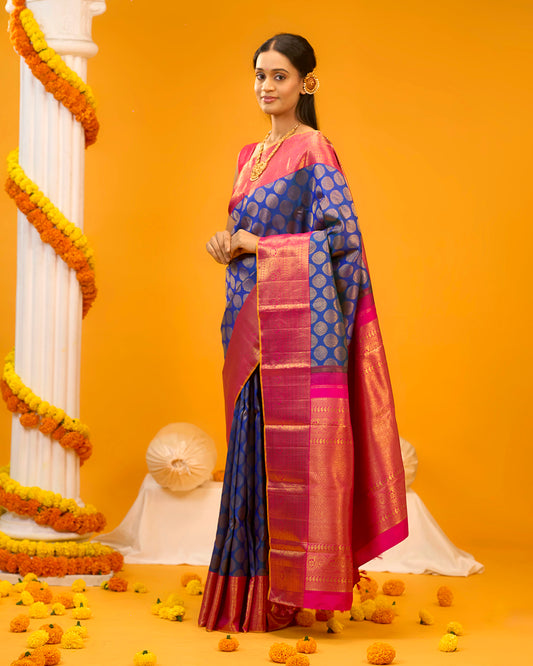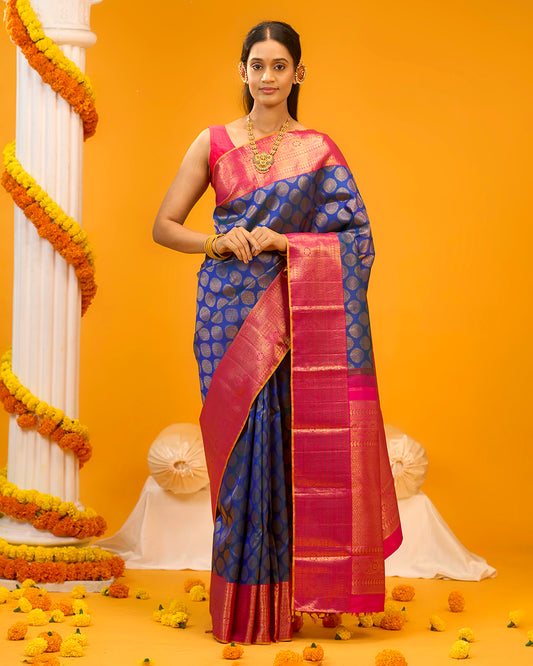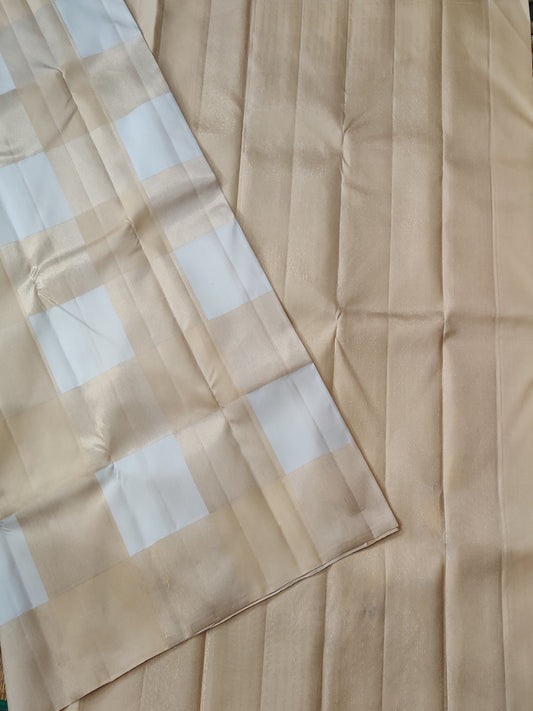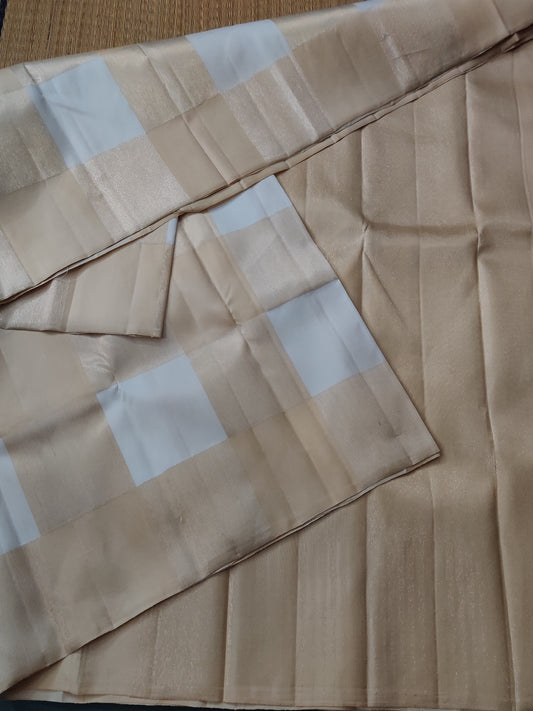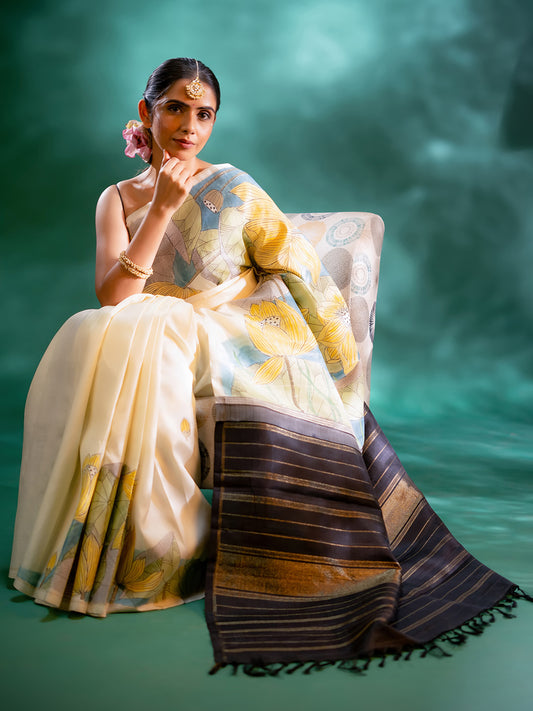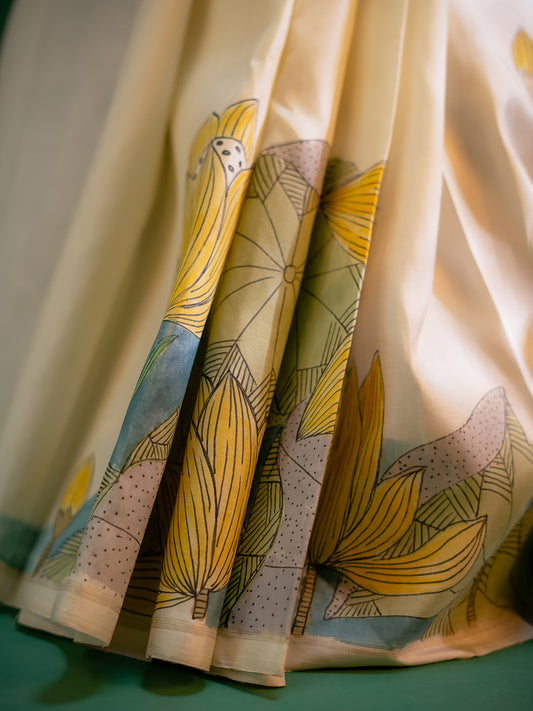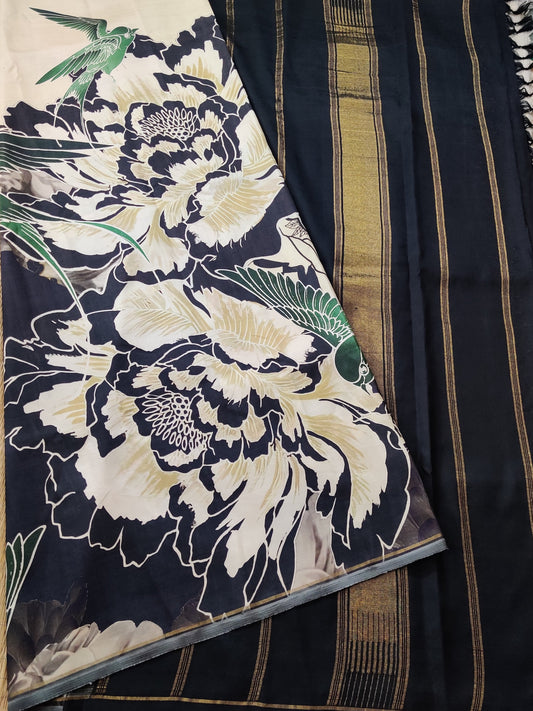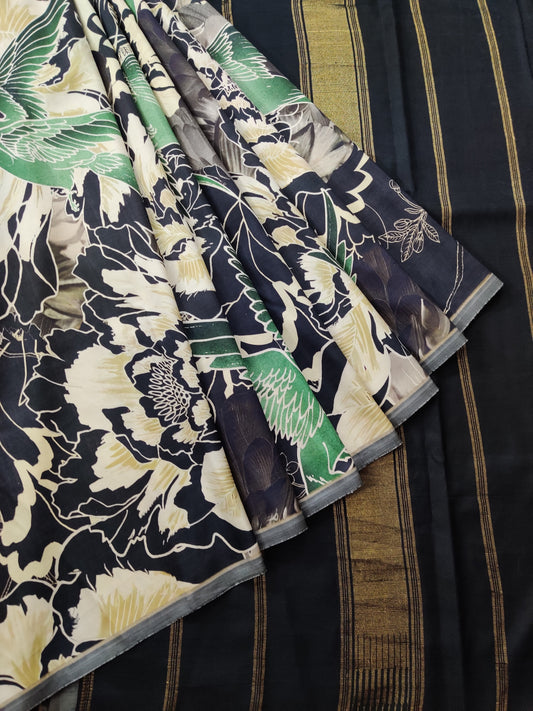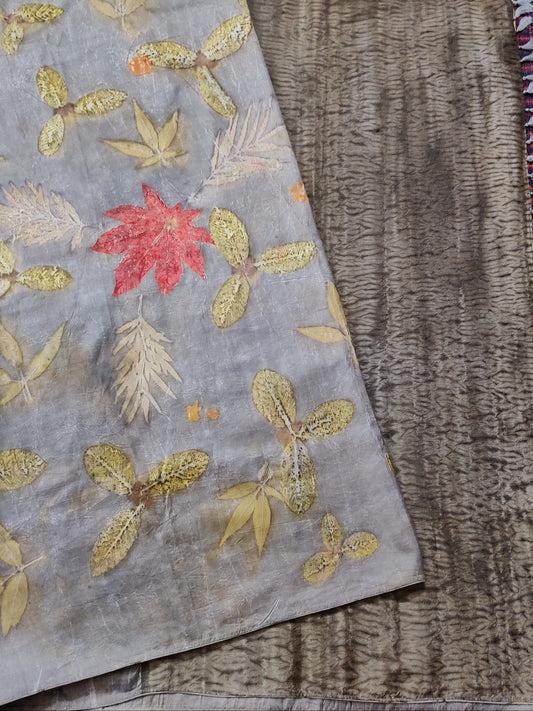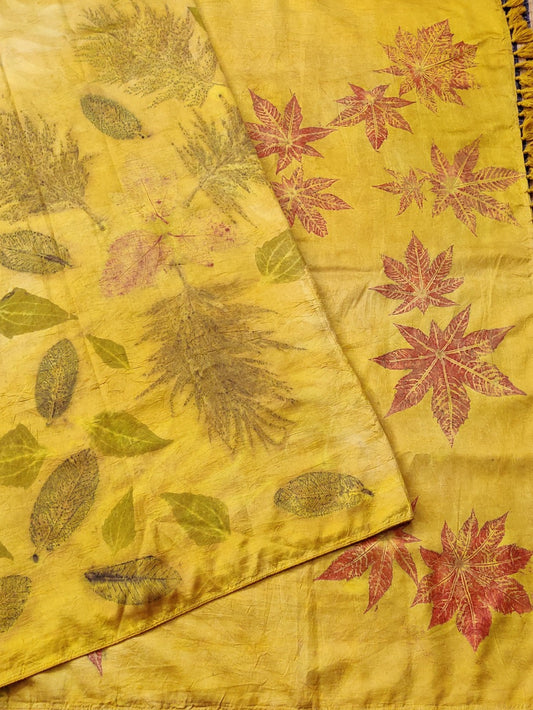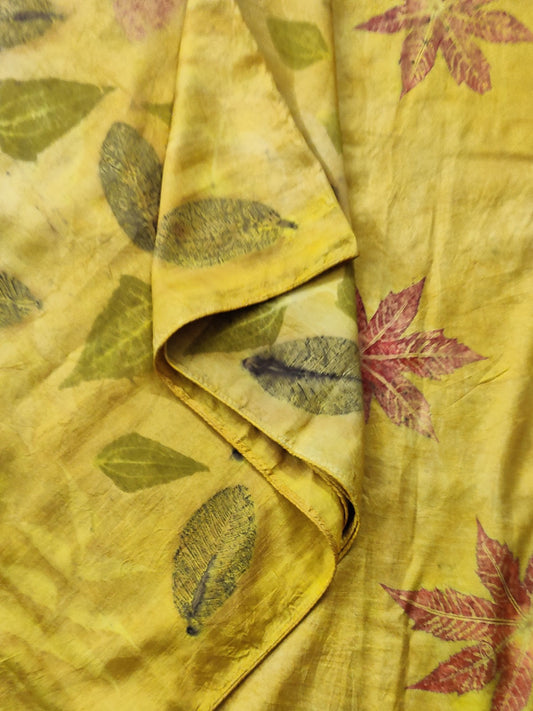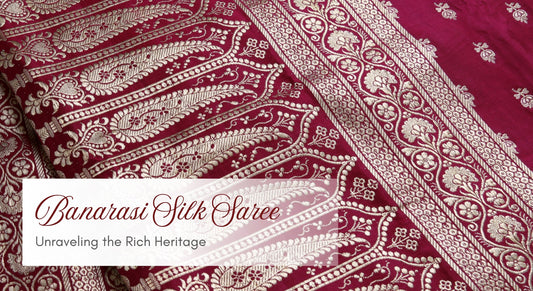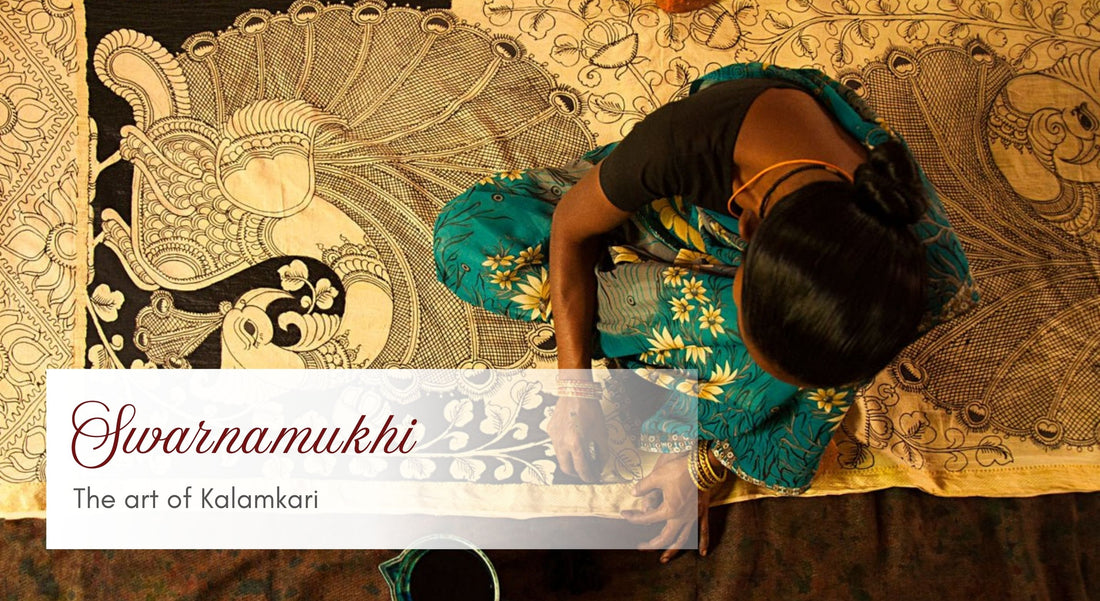
Kalamkari Sarees: A Legacy of Tradition and Craftsmanship
Kalamkari Sarees: A Timeless Legacy of Indian Heritage
Kalamkari Sarees have been a cornerstone of Indian textile heritage for centuries, renowned for their exquisite craftsmanship, intricate designs, and vibrant colors. Originating from the ancient cities of Andhra Pradesh and Telangana, these stunning sarees have been a symbol of tradition, elegance, and sophistication.
Origin and History
The term "Kalamkari" derives from the Persian words "kalam" (pen) and "kari" (work). This ancient art form has its roots in the 16th-century temples of Andhra Pradesh, where artisans created intricate murals and textiles depicting mythological scenes.
Styles of Kalamkari
- Srikalahasti Kalamkari
The Srikalahasti Kalamkari, originating from Srikalahasti in Andhra Pradesh, is renowned for its intricate temple designs, mythological scenes, and floral patterns. This style is characterized by delicate lines, intricate details, and a predominantly natural color palette. The artisans of this region have perfected the art of creating intricate designs, often inspired by the temple architecture.
- Machilipatnam Kalamkari
The Machilipatnam Kalamkari, hailing from Machilipatnam in Andhra Pradesh, is famous for its block-printed designs, geometric patterns, and vibrant colors. This style is marked by bold lines, geometric shapes, and a bold color scheme. The block-printing technique used in this style creates a unique texture and pattern.
The Kalamkari Process
Here's an overview of the traditional Kalamkari making process:
- Step 1: Fabric Preparation
Cotton or silk fabric is washed and treated with natural substances like sesame oil, castor oil, or cow dung to soften it. This process makes the fabric receptive to the natural dyes. The fabric is then rinsed and dried to remove any excess oil or impurities.
- Step 2: Design Creation
Artisans create intricate designs using a bamboo pen (kalam) or wooden blocks. The designs are inspired by mythological scenes, folklore, and nature. The artisan's skill and creativity play a crucial role in this stage.
- Step 3: Natural Dyeing
Natural dyes are applied to the fabric, using ingredients like indigo, madder, pomegranate, turmeric, and catechu. The dyeing process involves multiple stages, with each stage requiring careful attention to detail.
- Step 4: Buffalo Milk Treatment
The fabrics are dipped in buffalo milk to soften the fabric, enhance colorfastness, and create a unique texture and smell. This process is essential to the Kalamkari tradition.
- Step 5: River Washing
The fabrics are washed in the river to remove excess dye, achieve the desired color intensity, and give the fabric a natural texture. This stage requires careful handling to prevent damage.
- Step 6: Sun Drying
The fabrics are dried under the sun to fix the colors. This stage is crucial to prevent fading.
- Step 7: Block-Printing or Hand-Painting
Intricate designs are printed or painted onto the fabric using natural dyes. This stage requires great skill and patience.
- Step 8: Additional Treatments
Artisans may apply additional treatments like alum (aluminum sulfate) for colorfastness or gum arabic for texture. These treatments enhance the fabric's durability.
Swarnamukhi Collection
Vathram Silks' Swarnamukhi collection, crafted by Sunitha, presents an extraordinary range of Kalamkari sarees that epitomize elegance and tradition. Each saree is meticulously hand-painted with mythological and folk motifs, showcasing Sunitha's expertise in this ancient craft.
Kalamkari Today
With the advent of digital prints and replicas, the authenticity of Kalamkari Sarees is at risk. However, efforts are being made to preserve this ancient craft. Initially, Kalamkari was reserved for temple textiles and sarees, but today it has evolved to include a wide range of garments and products.
Some of the popular Kalamkari products available today include:
- Sarees (cotton, silk, and blends)
- Kurtis and tunics
- Salwar kameez sets
- Lehengas and ghagra cholis
- Dupattas and scarves
- Handbags and clutches
- Home decor items (cushion covers, table runners, etc.)
- Fabrics by the yard
The expansion of Kalamkari into various products has helped increase its reach and popularity, but it also poses a threat to its authenticity. To combat this, artisans and organizations are focusing on preserving traditional techniques and promoting sustainable practices.
Conclusion
Kalamkari Sarees embody the essence of Indian heritage and craftsmanship, exuding elegance, sophistication, and tradition. By embracing this ancient art form, we not only appreciate India's cultural legacy but also contribute to the livelihoods of skilled artisans.

